how-lighting-and-mood-transform-ai-images-cover.jpg
🎨 Introduction: From Words to Wonders
Have you ever typed a few words and watched them instantly become art?
Behind that magic lies advanced artificial intelligence — systems capable of understanding your text, interpreting your ideas, and painting them pixel by pixel.
Today, we’ll lift the curtain and show you how platforms like StyonArt transform text prompts into breathtaking visuals.
🧠 1️⃣ Step One – Understanding Your Prompt
Everything begins with your words.
When you type a prompt like:
“A futuristic city glowing under neon lights, cinematic lighting, 4K detail.”
The AI doesn’t just read — it interprets.
Using Natural Language Processing (NLP), the model breaks your sentence into key visual elements:
Subject: futuristic city
Lighting: neon
Mood: cinematic
Detail: 4K, realistic
💡 Expert Tip: The clearer your prompt, the better the result. Words are your artistic brush.
⚙️ 2️⃣ Step Two – The Diffusion Process
Once the prompt is understood, the AI begins a process called diffusion — the heart of modern image generation.
Here’s what happens behind the scenes:
The model starts with a random field of visual noise (like static on a TV).
Step by step, it removes the “noise” and adds structure, color, and shape based on your prompt.
After dozens of refinement steps, a coherent, high-quality image appears — crafted by machine intelligence.
This is how Stable Diffusion, FLUX, and similar models on StyonArt work — blending computation with creativity.
🧩 3️⃣ Step Three – The AI Model’s Artistic Mind
Every AI model has its own “style” and training history:
DALL·E focuses on realism and composition.
Stable Diffusion offers artistic control and flexibility.
FLUX delivers speed and vibrant color expression.
Each model learns from millions of images — understanding how textures, perspectives, and moods interact.
So when you ask for “a fantasy forest in golden light”, the AI knows what golden light looks like and how fantasy worlds are usually portrayed.
💡 4️⃣ Step Four – Refinement and Upscaling
After the initial image is generated, StyonArt enhances it with AI-based upscaling.
This adds more pixels, refines edges, and enhances lighting realism — ready for HD downloads, printing, or product customization.
Users can also make adjustments with AI Retouch to improve details like eyes, reflections, or texture precision.
🎨 5️⃣ Creativity + Code = Co-Creation
While AI handles technical perfection, you provide the soul.
Every phrase, adjective, or color cue shapes the visual direction.
At StyonArt, the process is designed to be collaborative — AI is your creative partner, not your replacement.
You guide, it paints. Together, you create.
🚀 Conclusion: The Future of Visual Imagination
AI art is not about replacing artists — it’s about empowering imagination.
By understanding the process behind it, you gain the power to create anything you can describe.
So next time you type a prompt on StyonArt.com, remember:
Every pixel you see began as a word.
Let your ideas speak — and watch AI turn them into art.




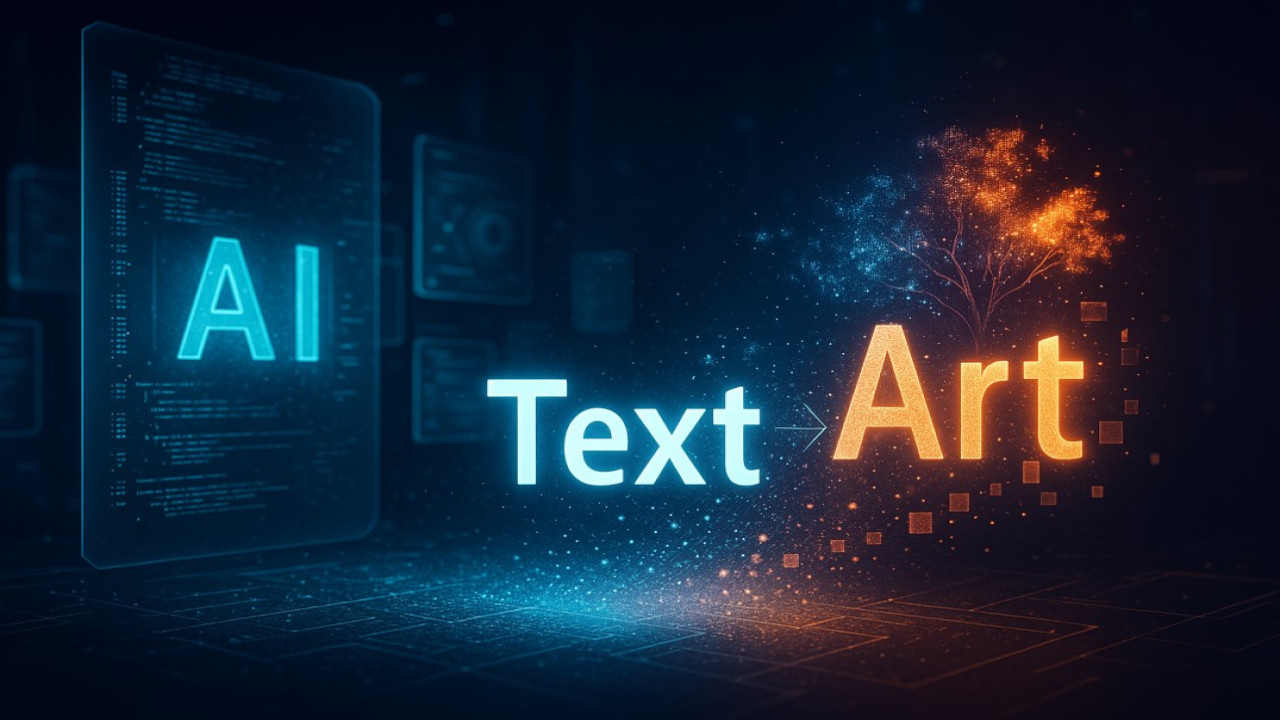

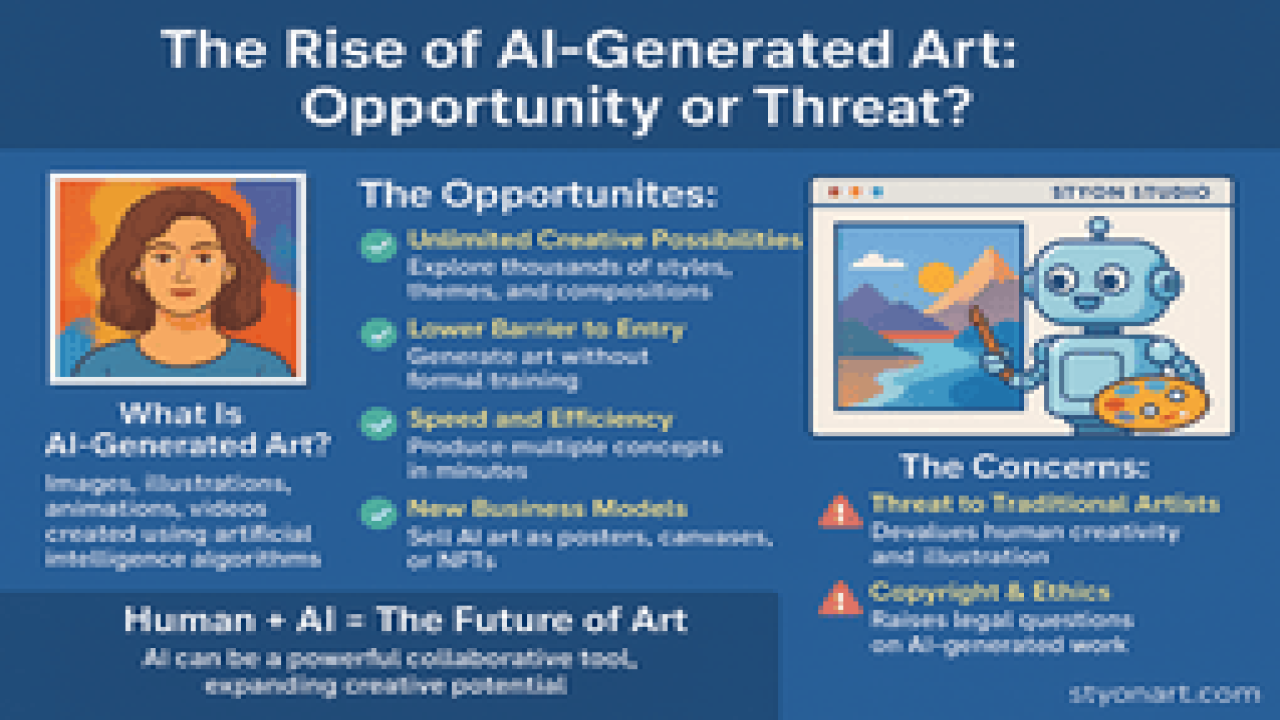
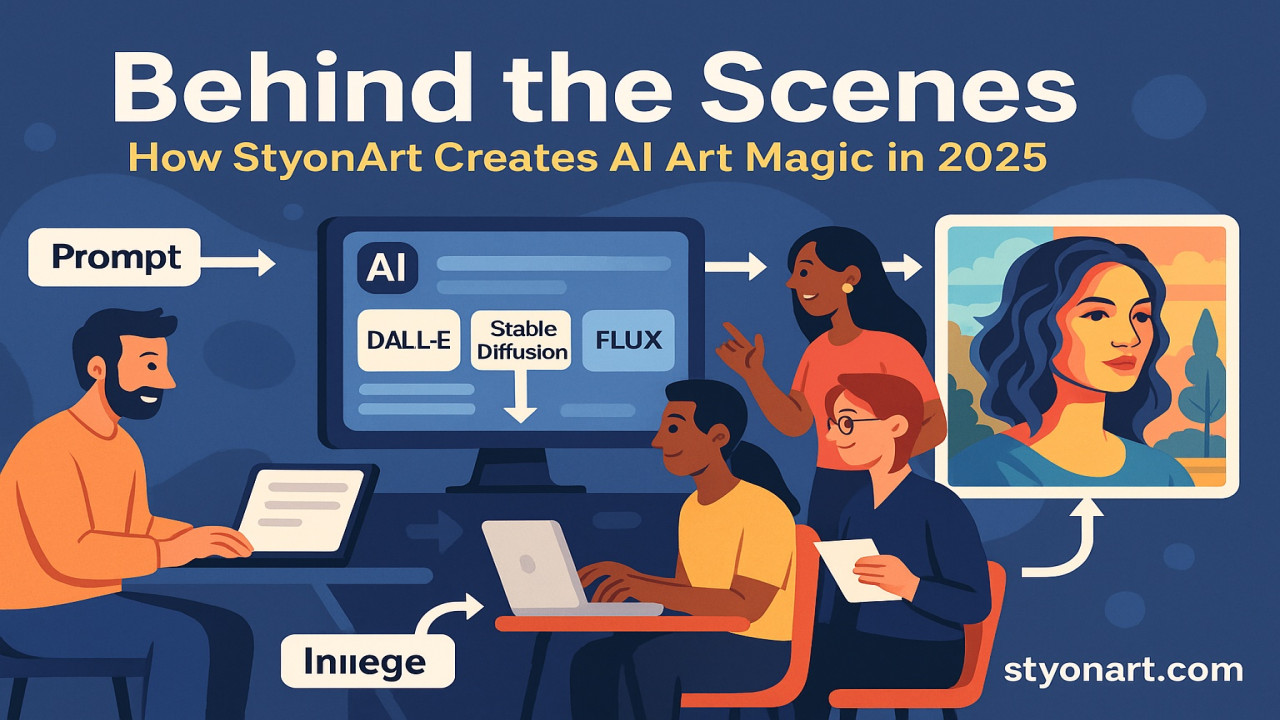

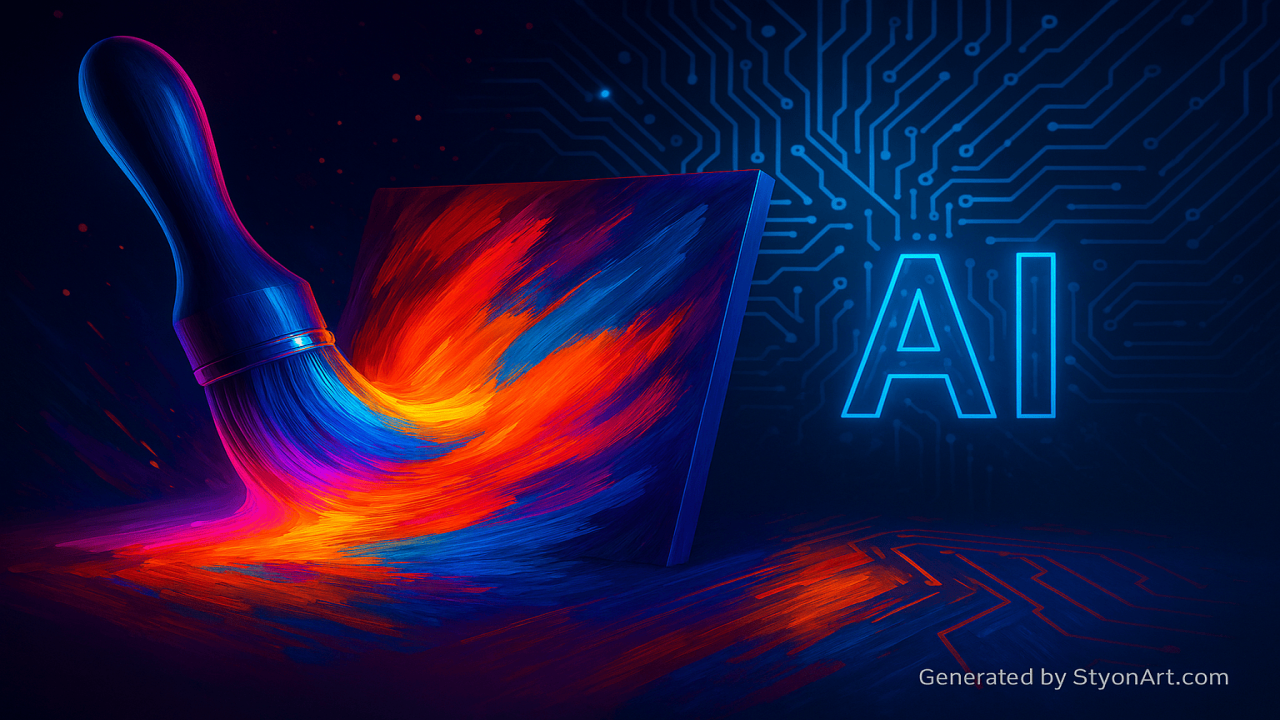

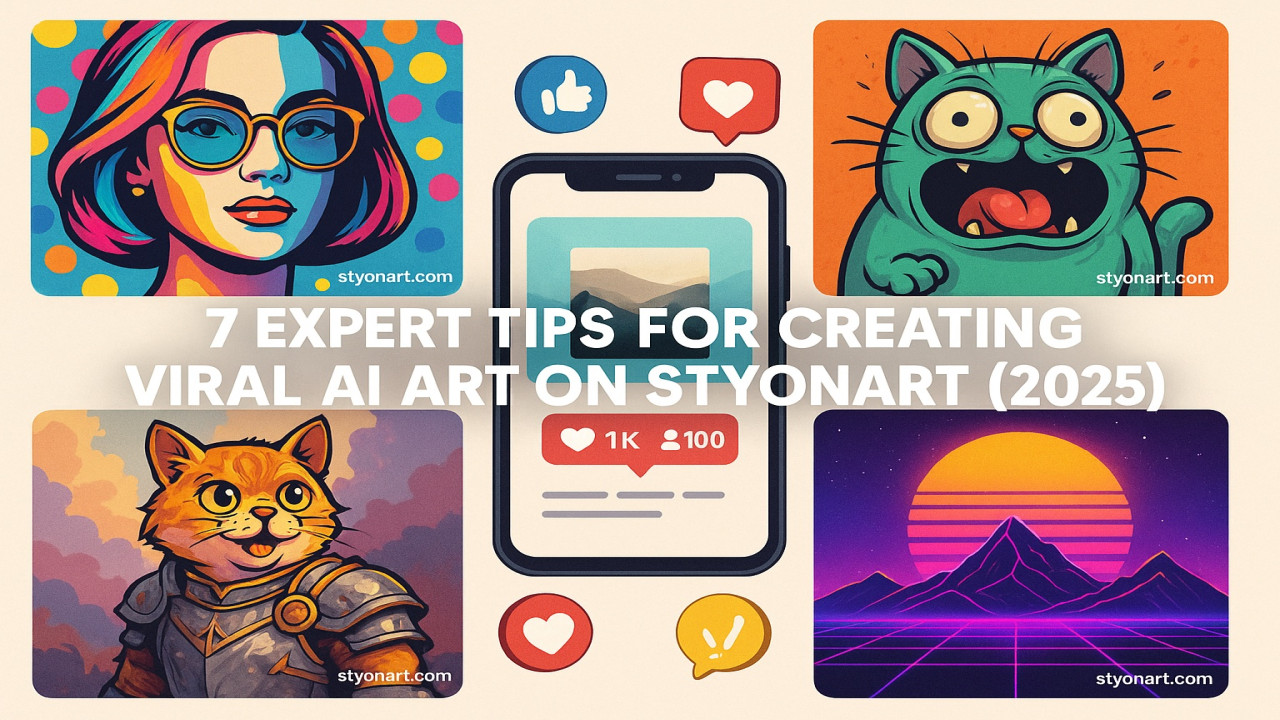
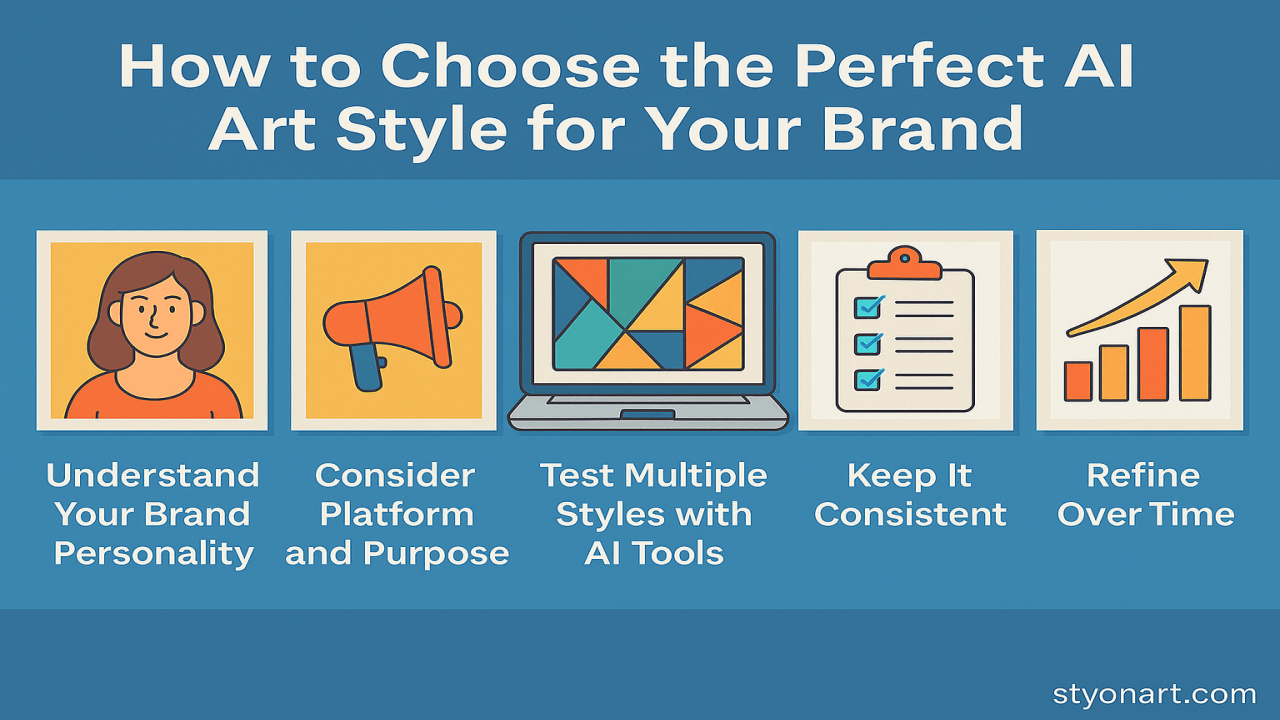
Comments (0)
No comments found